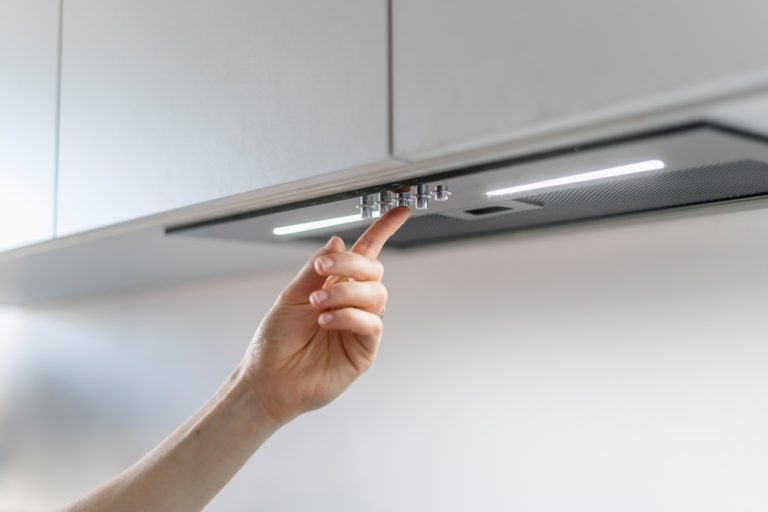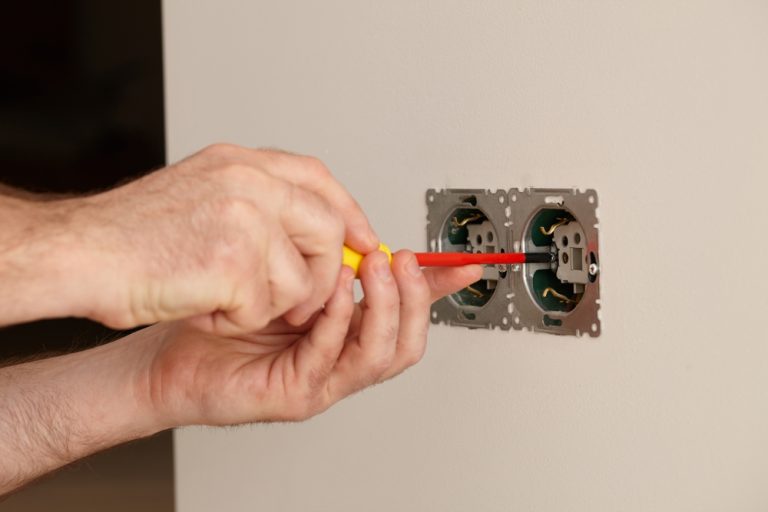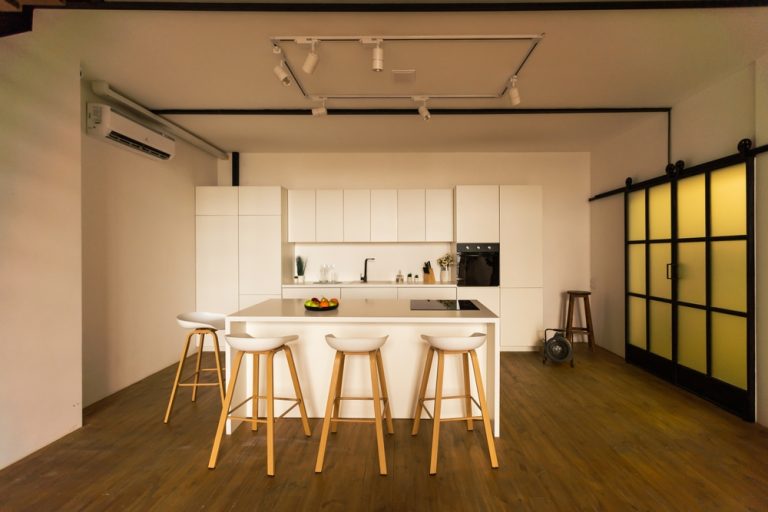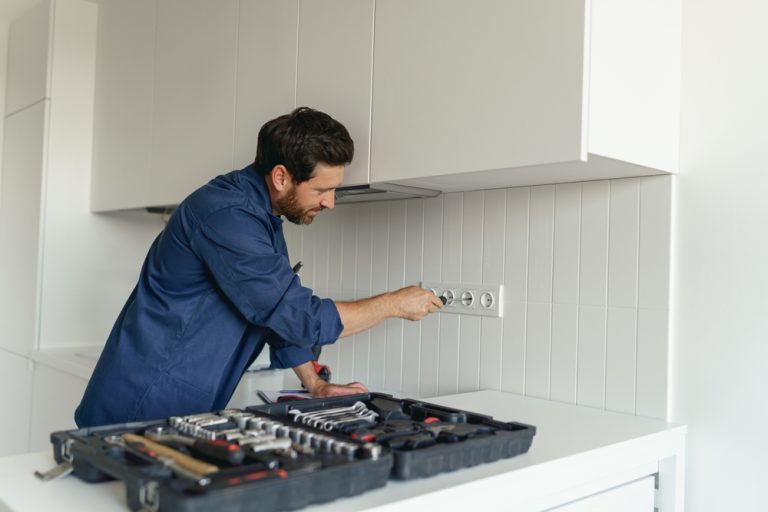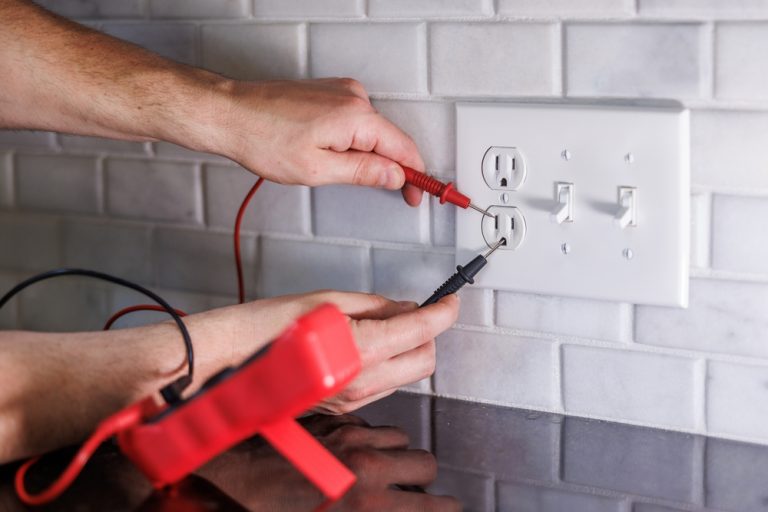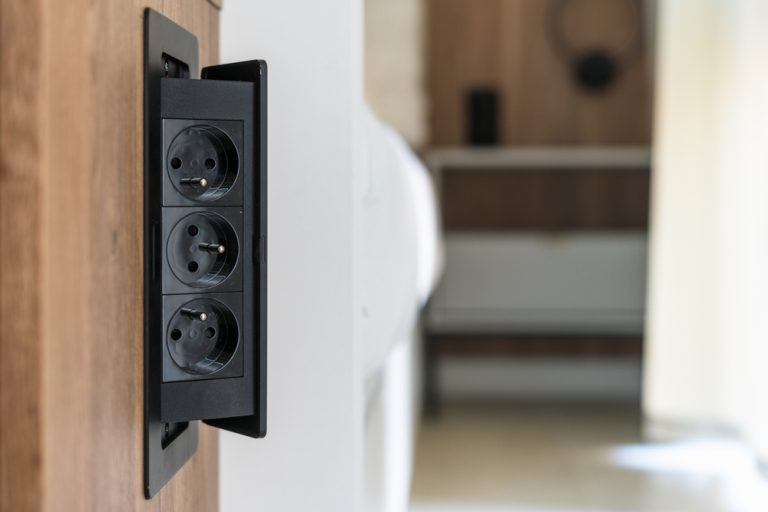How Much Electricity Does a Kitchen Exhaust Fan Use?

In a busy kitchen, the exhaust fan is essential for keeping air fresh by removing smoke, steam, and cooking odors. But while it plays a vital role in maintaining kitchen air quality, you might ask, how much electricity does a kitchen exhaust fan use? Understanding the energy consumption of your exhaust fan helps you manage electricity costs and make informed choices about its usage.
In this blog, we’ll explore how much electricity a kitchen exhaust fan consumes, factors that affect its power usage, and how you can reduce the cost of operating it efficiently.
Understanding the Power Usage of Kitchen Exhaust Fans
The electricity consumption of a kitchen exhaust fan largely depends on its motor size, model, and how often it is used. In general, kitchen exhaust fans are relatively energy-efficient compared to larger appliances like ovens or refrigerators.
Typical Wattage
Most kitchen exhaust fans use between 70 to 150 watts of power. A small fan on the lower end may only use around 70 watts, while more powerful, larger models can go up to 150 watts or more. These fans are designed to move air efficiently without drawing a lot of power, making them a low-energy option in most kitchens.
Calculating the Electricity Use of a Kitchen Exhaust Fan
To calculate how much electricity a kitchen exhaust fan uses, you can apply a simple formula:

For example, if you use a 100-watt exhaust fan for two hours per day, it would consume:

Over the course of a month, this fan would consume approximately 6 kWh (0.2 kWh/day x 30 days). Given that the average electricity rate is about $0.12 per kWh, running your kitchen exhaust fan daily would cost:
6 \text{ kWh} \times 0.12 = \text{ $0.72 per month}
This shows that the electricity consumption of a kitchen exhaust fan is minimal, even with regular usage.
Factors That Influence Electricity Usage
While exhaust fans generally don’t consume a significant amount of electricity, there are several factors that can affect how much power they use:
Fan Size and Motor Power
Larger exhaust fans or those with higher wattage motors use more electricity. For example, a more powerful fan that is designed to clear air quickly may consume more power compared to smaller, less powerful models.
Speed Settings
Most kitchen exhaust fans come with multiple speed settings. Running the fan at higher speeds to remove smoke or odors more quickly increases the electricity it uses. For normal cooking tasks, you may not need the highest setting, which helps reduce power consumption.
Frequency of Use
How often you use your exhaust fan directly impacts its electricity usage. If you only run it occasionally while cooking, the cost remains low. However, running the fan for extended periods, such as during prolonged cooking sessions, will increase its energy consumption.
Type of Fan: Ducted vs. Recirculating
There are two main types of kitchen exhaust fans: ducted and recirculating.
- Ducted fans expel air outside through vents and typically use more energy due to the need for a powerful motor to push air out.
- Recirculating fans filter the air and return it to the kitchen, generally using less power because they don’t require external venting.
Also Read – How Many Electrical Circuits in a Kitchen?
Comparing Energy Use to Other Kitchen Appliances
To answer how much electricity does a kitchen exhaust fan use, it’s helpful to compare its energy consumption to other common kitchen appliances.
Refrigerators
A refrigerator, which runs continuously, uses around 100 to 800 watts, with daily consumption ranging from 1 to 2 kWh, making it a higher energy user compared to an exhaust fan that only runs for short periods.
Ovens and Microwaves
Electric ovens use between 2,000 to 5,000 watts, and microwaves can consume around 1,000 to 2,000 watts. These appliances use significantly more electricity than a kitchen exhaust fan.
Dishwashers
Dishwashers consume around 1,200 to 1,500 watts during each cycle, also much higher than the typical kitchen exhaust fan.
When compared to these larger appliances, a kitchen exhaust fan uses a relatively small amount of electricity.
Reducing the Cost of Operating a Kitchen Exhaust Fan
Even though kitchen exhaust fans are low-energy appliances, there are still ways to maximize efficiency and reduce electricity usage.
Only Use the Fan When Necessary
Run the exhaust fan only when needed, such as when frying or cooking with high heat. Once the odors and steam have cleared, turn off the fan to avoid unnecessary energy consumption.
Clean Filters Regularly
Dirty filters can reduce the efficiency of the fan, forcing the motor to work harder and use more power. Regular cleaning or replacing filters helps maintain optimal performance and energy efficiency.
Choose Energy-Efficient Models
When purchasing a new kitchen exhaust fan, look for energy-efficient models that use less power while still providing effective ventilation. Newer models often come with energy-saving features that help reduce electricity usage.
Use Lower Fan Speeds
Running the fan at a lower speed when full power isn’t necessary can significantly reduce electricity consumption. For light cooking, using a lower setting is usually sufficient.
How to Calculate Your Monthly Exhaust Fan Costs?
Let’s break down the monthly cost of running a kitchen exhaust fan based on typical usage and electricity rates:
If your exhaust fan uses 100 watts and runs for one hour per day:
100 watts/1000×1 hour=0.1 kWh/day
For a month, this would be:
0.1 kWh/day×30 days=3 kWh/month
At an electricity rate of $0.12 per kWh, the cost to run the fan would be:
3 \text{ kWh} \times 0.12 = \text{ $0.36 per month}
This calculation shows that even with daily use, the cost of running a kitchen exhaust fan is minimal.
Conclusion
So, how much electricity does a kitchen exhaust fan use? On average, these fans use between 70 to 150 watts, and their electricity consumption remains low even with regular use. The monthly cost is typically under $1 for most households, making them a cost-effective way to maintain air quality in the kitchen.
By following a few efficiency tips, such as using the fan only when necessary and keeping filters clean, you can further minimize energy use while keeping your kitchen well-ventilated.

